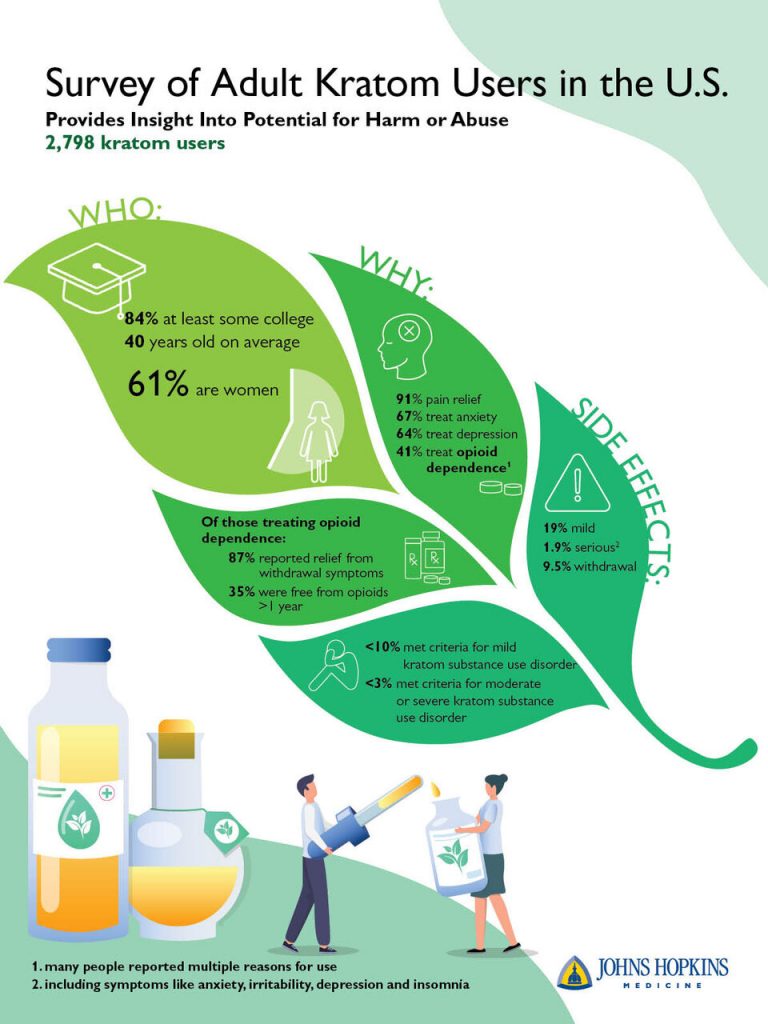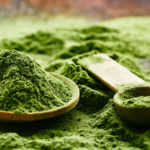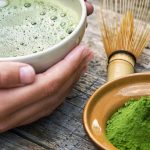Bad Science & Lazy Journalism – The Challenges Facing Kratom in 2020
Despite 1000s of regular users and a documented history of medicinal benefits, Kratom is repeatedly demonized and targeted for legislation. But why is this? Today we’re taking a deeper look at the challenges facing Kratom in 2020. Surprisingly, it all started in the early 20th century during a time of great change in America.
In the 1930s government backed anti-marijuana propaganda was terrifying Americans. Warnings of devil worship, madness and marijuana fueled violence instilled a terror and panic that lasted for decades. So powerful was the ‘reefer madness’ narrative that it dictated policy decisions, scientific research and law enforcement crackdowns for the remainder of the 20th Century.
The political pressure to stifle research into the benefits of marijuana – supported and lobbied for by a pharmaceutical industry that were intent on removing any threats to their business regardless of the benefits to public health and treatment.
Inventing panic
It’s interesting and relevant to note that the entire marijuana panic was due to one man – one government official who at the end of alcohol prohibition realized that his job and entire budget was about to be cut.
Step forward Harry J. Anslinger, the first commissioner of the Federal Bureau of Narcotics. Anslinger needed a new public enemy. Heroin and Cocaine were too low key in the 30’s so he focused on marijuana – a drug that only 2 years earlier he defended, calling claims that it was harmful or would incite violence as laughable and absurd.
Anslinger, it turns out, was as equally gifted at performing U-turns as he was at controlling media and propaganda campaigns. Through an unrelenting campaign, he convinced Americans that marijuana was an epidemic, making murderers out of anyone who used it and devils out of an innocent American youth. For their part, the US media loved the scandal, the more outlandish the story, the more their papers sold.
One man and his fear of losing position, power and salary was directly responsible for close to a century of bad decisions, regressive policies and a climate that made independent scientific research impossible.
Fast forward to 2020 and all that’s changed is the plant being targeted.
While the outrage and propaganda are nowhere near as outlandish with Kratom prohibitionists, the mechanics of disinformation are now far more subtle. The public health benefits and efficacy of Kratom in treating a wide range of conditions is being suppressed or misreported.
In spite of the growing evidence and thousands of advocates standing testament to Kratom’s effectiveness, our ability to have an open and honest discourse about alternative treatment is still marred by Anslinger’s legacy and a government system in fear of appearing soft on drugs, regardless of the facts.
Profit before patients
It’s this climate of fear and unwillingness to put professional reputations on the line that are denying the American public from the benefits of Kratom.
Since the 1800s, Asian medical studies have been carried out confirming the benefits of Kratom for a multitude of treatments. It helps with anxiety, chronic pain, and importantly, it is one of the most effective treatments for people experiencing opioid withdrawals.
So why is the US so slow at carrying out research? Aside from one research study from John Hopkins that concluded Kratom had high therapeutic properties and low risk and a study published by the American Osteopathic Community that noted the analgesic benefits of Kratom but called for more research, there is little US data.
This is mainly due to the expense of medical research which is usually covered by pharmaceutical companies who are unlikely to fund research into a plant that stands to directly compete with many of their products.

The other option for funding is government approved grants that are always highly politicized. Unfortunately, politicians are more interested in sound-bites and punchlines than actually crafting public policy based on evidence.
This coupled with a media who are even more addicted to fear than their 1930s counterparts make progress incredibly slow.
Thankfully our world is very different to the 1930s, we have access to data and research from across the world and can make decisions based on facts while finding support and information from the online Kratom communities supporting each other. We can uncover the truth behind the headlines.
The thousands of Americans benefiting daily from Kratom – managing chronic pain or beating opioid addiction do not have to rely on government policy, lazy journalism, or a medical industry that doesn’t put patients first.




Leave a comment